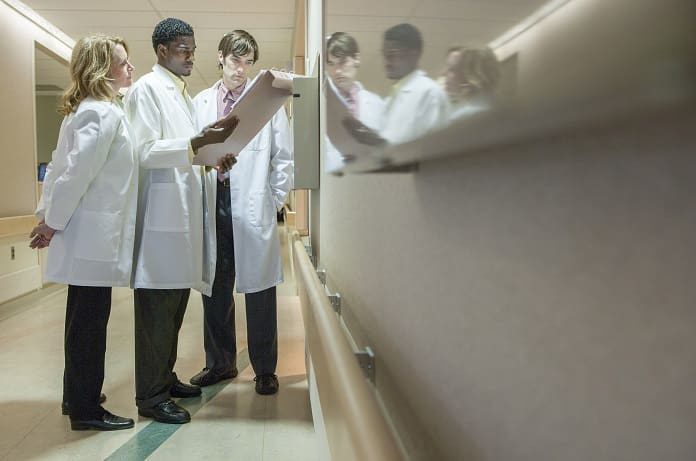With increasing awareness of how complex, damaging, and persistent brain injuries can be, researchers have been analyzing and improving the ways we diagnose damage to the brain. New methods of performing CT scans have outperformed previous ways and will be critical in improved treatment and diagnosis of trauma.
Terrifying brain injuries seem all too common- countless stories of impaired memory, illiteracy, sensitivity to light, and personality changes are associated with brain trauma. Recently, the increase in awareness about the lasting and life-altering effects of brain injuries have been heavily researched. Our understanding of effective treatments and diagnosing brain injury is extremely limited.
An important aspect of proper treatment is for doctors to see visual images of brain activity. Computerized tomography (CT) scans are a routine method for doctors to visualize the damage and predict outcomes of traumatic brain injuries. The scores from these different tests predict patient outcomes and point to the most effective treatments. These scans “score” brain injuries in an attempt to connect patients with the right treatment.
CT scans are performed on many concussions and traumatic brain injuries. Researchers the University of Cambridge have recently analyzed the four primary methods of CT scans: Stockholm, Helsinki, Rotterdam, and Marshall. They evaluated the different methodologies in two of the largest clinics in Europe and compared their ability to diagnose & treat patients. This is the first time these techniques have been systematically analyzed to determine which method is most effective. The results were published this August in PLOS Medicine.
The two newer scoring systems, Stockholm and Helsinki, proved to have better predictive results than the older methods, Rotterdam and Marshall. They also determined that traumatic subarachnoid hemorrhage was the most important component of outcome prediction. This is mostly due to the lack of effective treatments for these types of brain injuries.
Powerful CT scan scoring will be critical for healthcare providers to diagnose and prioritize resources for brain injuries. This research provides important guidance to assess future improvements on CT scans’ ability to help patients with traumatic injuries. Further research with more patients and clinics will be helpful to ensure the superiority of new CT scan scoring methods.
Written by Soleil Grisé, HBSc
Reference:
Thelin EP, Nelson DW, Vehviläinen J, Nyström H, Kivisaari R, Siironen J, et al. (2017) Evaluation of novel computerized tomography scoring systems in human traumatic brain injury: An observational, multicenter study. PLoS Med 14(8): e1002368. https://doi.org/10.1371/journal.pmed.1002368



